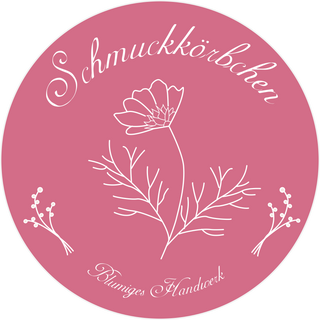
Until the 1960s, the corn cockle was a typical plant of the agricultural landscape, growing together with poppies and cornflowers in the middle and at the edge of grain fields. Unfortunately, its main active ingredients were its downfall. Due to the saponins it contains, the entire plant, but especially the seeds, are poisonous to humans. In order to increase the value of the grain and prevent poisoning, modern seed cleaning and herbicides have been used in an attempt to banish the corn cockle from the fields. As a result, it is now on the list of endangered species and is rarely found in the wild.

However, it now appears in many flower seed mixtures and was declared flower of the year in 2003. With its delicate, pink or white flowers and long flowering period from May to August, the corn cockle is a good cut flower and pretty garden plant. It is also very uncomplicated to grow - it does not need nutrient-rich soil, is drought-resistant and once established in the garden, it seeds itself abundantly and reappears every year. In addition, it has now been discovered that the toxins contained in the plant are effective against plant pests such as the beet cyst eelworm (which can infect sugar beets, for example).
By the way, the botanical name for the corn cockle Agrostemma githago is derived from the Greek for field (agros) and for wreath (stemma). The name therefore refers to the use of the plant in the harvest wreath, although it were probably the seed heads which were used here and not the plant in flower. Incidentally, the seed heads are also responsible for the corncock's German nickname - 'Pisspöttken' (pee potty). Take a look and make your own associations:



For Flower Farmers:
- as a cut flower it lasts about 7 days in the vase
- there are beautiful white-flowering varieties with large flowers ('Ocean Pearls')
- dried: seed heads
- long flowering period (May to August)
- easy to grow




